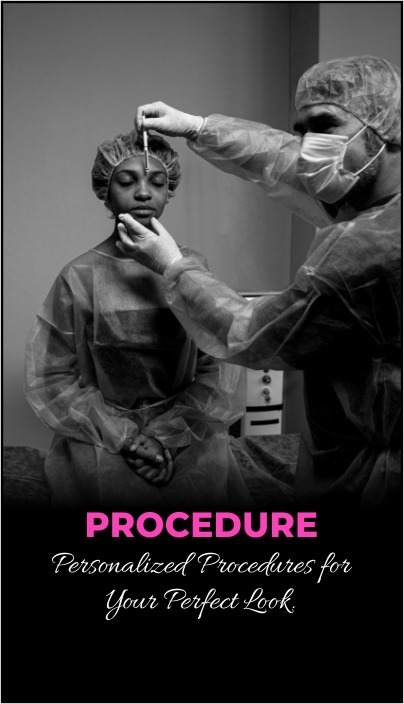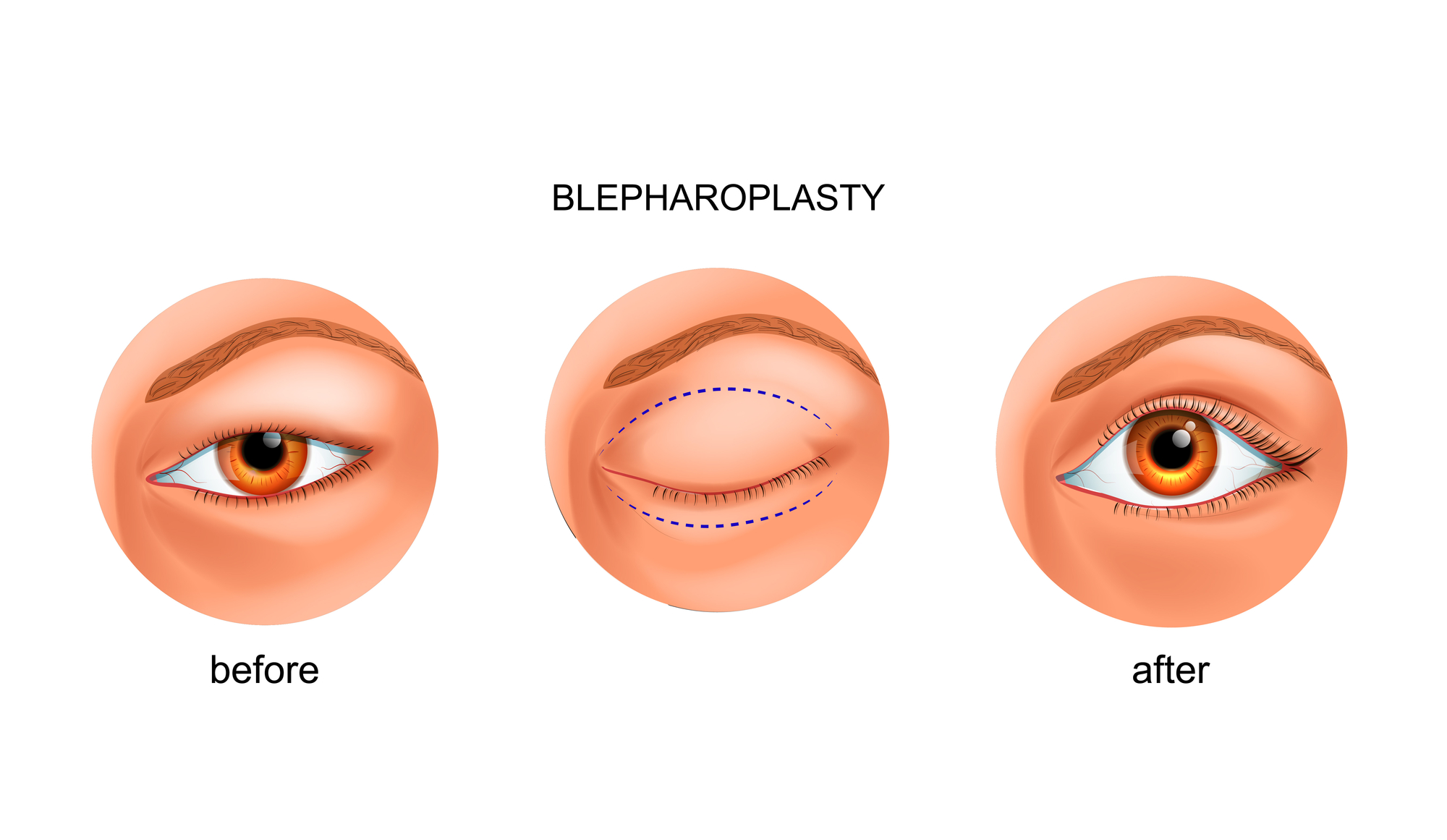

Blepharoplasty is a surgical procedure that improves the appearance of your eyelids by reducing bagginess from your lower eyelids and removing drooping skin from your upper eyelids. While generally safe, there are risks involved. Consult with a board-certified ophthalmologist to understand the risks and benefits of the surgery.
Blepharoplasty, or eyelid surgery, addresses the appearance of the area around your eyes. It reduces bagginess from the lower eyelids and removes excess skin from the upper eyelids. Aging causes the skin to lose elasticity, which, combined with gravity, results in excess skin accumulating in the eyelids. The procedure can be performed on the upper eyelids, lower eyelids, or both. It typically involves removing excess skin, muscle, and fatty tissue, but sometimes tissues are repositioned instead of removed. Blepharoplasty can also enhance the field of vision if sagging upper eyelids obstruct it. However, it does not address dark circles, crow’s feet, or other facial wrinkles. Other procedures can complement blepharoplasty for comprehensive facial rejuvenation.

The ideal candidates are generally people over 30 who are in good health and do not have eye conditions such as:
It’s important to have realistic expectations. While blepharoplasty can enhance appearance and confidence, it won’t drastically change your look or alter asymmetrical features. Discuss your expectations with your surgeon to ensure you are well-informed.
To prepare for blepharoplasty, you may need to:
Arrange for someone to drive you home after the surgery and stay with you the first night.
Blepharoplasty can be performed on the upper eyelids, lower eyelids, or both, depending on your goals and surgeon’s recommendations.
An upper blepharoplasty typically takes about 45 minutes to one hour. If both upper and lower eyelids are treated together, the procedure may last about two hours, depending on whether fat is repositioned or additional work is performed.
After the blepharoplasty procedure, there will be a stitch in each of your upper lids, which will remain for about a week. Lower lids typically do not require stitches if the incisions are made on the inside of the lids. It’s common to experience swelling and bruising in both upper and lower lids. Expect to take time off from work and limit your activities for several days to allow your eyelids to heal.
As with any surgical procedure, there is some risk involved. Although rare, complications from blepharoplasty can include:
Despite these risks, most people are satisfied with their results after blepharoplasty.
While the surgery is typically painless, you may experience some swelling and bruising. Most people feel comfortable returning to public activities after 10 to 14 days, but complete healing can take several months. To aid recovery, you can use cold compresses and antibiotic ointment as recommended by your surgeon. Specific post-operative care instructions will include:
Blepharoplasty does not prevent future aging of your eyes but the results are usually long-lasting. Upper eyelid surgery can last from five to seven years or longer, while lower eyelid surgery rarely requires additional procedures.
Contact your healthcare provider if you experience dry eyes for more than two weeks, as this condition is usually temporary but should be monitored.
Blepharoplasty is considered one of the least painful cosmetic procedures. You may have some mild discomfort on the day of surgery, but this should improve quickly.
While anyone over the age of 18 can undergo eyelid surgery, the best candidates are typically healthy adults over 30. According to the American Society of Plastic Surgeons, most individuals seeking this surgery are over 40.
Blepharoplasty can enhance the appearance of your eyelids and may also address some visual issues. If you are considering this procedure, consult with a board-certified eye care specialist to discuss the risks and benefits. While blepharoplasty is generally safe, understanding the potential risks is crucial.
